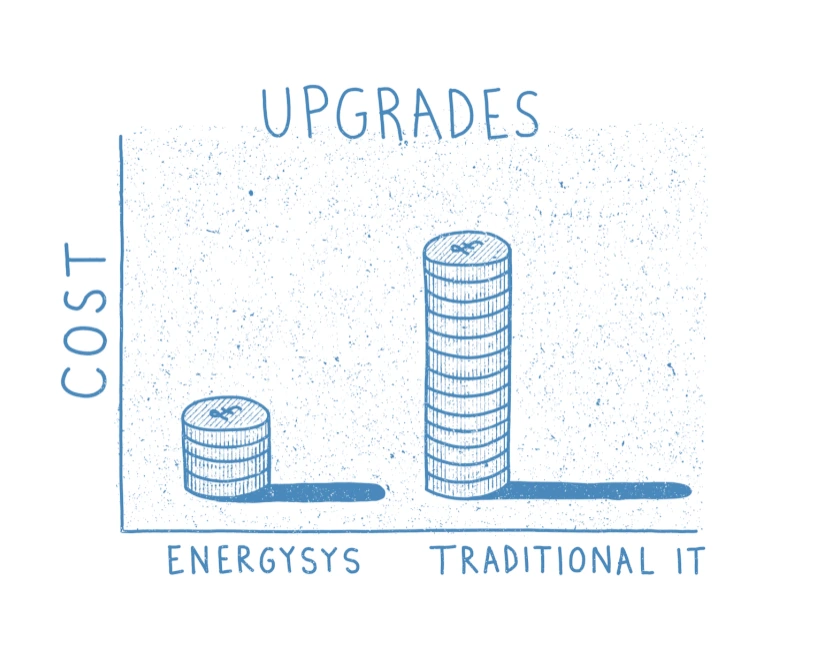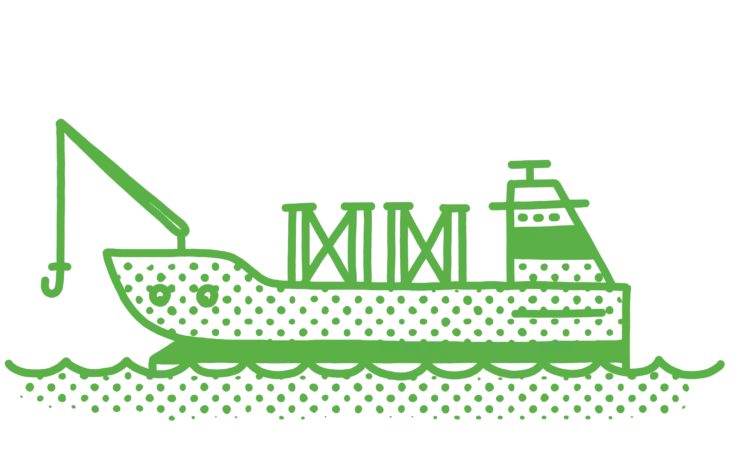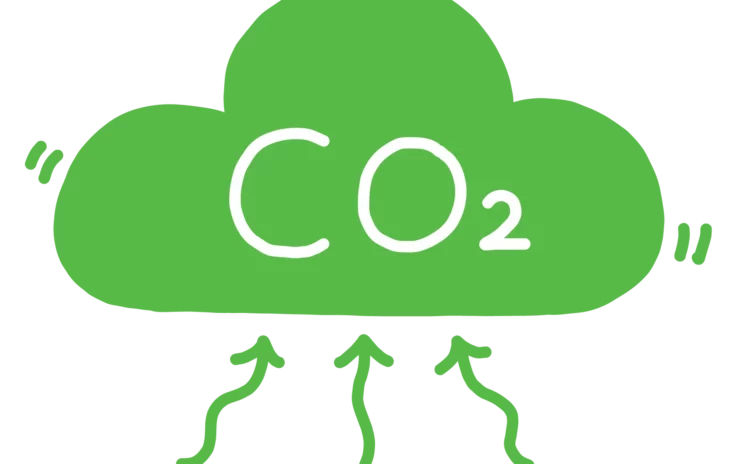Trying to decide which model is best for your business via a one-size fits all procurement process can be misleading. In today’s oil and gas software market, most solutions deliver the functionality you need. Decisions can often be made based on price, so legacy systems are chosen without evaluating the true value of SaaS.
Cost has always played a significant role in defining what solutions make a shortlist. In fact, more than 50% of respondents to our ‘Challenges in Hydrocarbon Value Realisation (HVR)’ survey said budget was the biggest obstacle to implementing new technology. When there is scrutiny over cost, you want to make sure you’re getting the most value for your money. But is the purchase price demonstrative of the value delivered?
It is critical to understand the lifetime value each solution will deliver to your business. A failure to understand this can lead to extreme dissatisfaction. When hidden costs pile up or the solution doesn’t work as intended because elements have been sacrificed to keep costs in budget.
It is often the case that cloud technology delivers vastly better value than on-premises. In this post, we look at some of the key areas you should consider when evaluating purchase price vs value.
Total Cost of Ownership
Total cost of ownership (TCO) is a financial estimate intended to help you determine the direct and indirect costs of a product or service.
With traditional software solutions, quotations can sometimes be misleading. The price quoted is often a short-term (purchase price) cost and can look extremely favourable. However, it’s vital to do a TCO analysis to realise the long-term cost of a system. This way, you can understand what you will be liable for.
Often vendors will quote for the most basic functionality and add-ons required to make the solution fit for purpose can mount up. Similarly, factors such as support, management, maintenance, upgrades and security can all be added extras that will escalate the long-term cost but are not necessarily represented in the purchase price.
You should also consider the cost of hardware required to run an on-premises solution. This includes the specialist resourcing required for training, maintenance, support and infrastructure.
All these extras should be included in the purchase price. This means it can appear more expensive on paper but, when your TCO analysis is complete, the SaaS purchase price is often far more favourable.
Reduced Time to Benefit
Cost can be more than financial. It’s no secret that implementing new software is extremely disruptive and time consuming. The longer an implementation, the longer it takes to reap the benefits of the new solution. This means the longer your team will be diverted from their everyday roles.
To avoid this impact, you must be clear on the implementation time available to you. Factor in the deadline for go-live when considering your software options. Some bespoke on-premises solutions will not be able to accommodate your deadline without massive operating expenses.
SaaS solutions are generally much faster to deploy. Depending on the type of solution you opt for, you could be up and running in a matter of days. Even those that opt to configure their own solution using a low code platform, will see a reduction in implementation time compared with traditional solutions. The added bonus of having a bespoke solution means that it does exactly what they need.
You should also consider how you want to deliver your implementation. Not every energy company has unlimited resourcing budget.
You may prefer to keep the project in-house, keeping costs low by relying on your own team. This way they can deliver your solution using their expertise and intimate understanding of your needs.
If you do have an implementation budget, you may want to invest in the resourcing of an implementation partner. They will have the product experience and domain expertise to expedite the implementation process and deliver best practice.
In these scenarios, SaaS solutions tend to offer more flexibility. They are easier to learn and don’t require any specialist programming or coding skills. Even if you opt to employ an implementation partner, they can train your team to manage the software in-house going forward.
This culminates into lower on-going change and support costs. Traditional solutions will always require specialist skills and expensive resourcing that must be budgeted for.
Upgrades
Upgrades are a necessary part of owning software. They ensure your business has the best, most up-to-date versions of the software it uses, and is protected against harmful cyberattacks.
Unfortunately, they are also one of the biggest hidden costs in traditional software. Rightly or wrongly, upgrading traditional on-premises solutions has developed a reputation for being prolonged and extremely expensive. In many cases, an upgrade can be as costly and disruptive as deploying an entirely new solution.
Businesses will usually have to find the budget to hire specialists to program it. They may have to purchase new hardware to support it. They may even have to factor in training costs to upskill their team to use it. Traditional upgrade projects tend to happen approximately every two to five years with costs running into the millions.
It’s not an option to simply avoid an upgrade, as most vendors withdraw support for out-of-date versions leaving you vulnerable to security threats and substandard software. These upgrades costs are not usually factored in the initial purchase price but are something you need to consider when evaluating the lifetime value of your software.
In this instance, the value of SaaS is clear.
In contrast to traditional upgrades and all their headaches, regular upgrades should be included in a SaaS subscription at no extra cost and rolled out with minimal to zero disruption. At EnergySys, we deliver upgrades and enhancements at least once a month on a rapid release model. All our users are upgraded at the same time with no outage. They simply log on and run their business applications as before, only with enhanced features.
This means no more expensive upgrade projects that are out-of-date before they are deployed. Users can focus on their job and not be distracted, as well as no drastic changes that require time and effort to relearn the solution.
Scalability
The oil and gas industry is highly dynamic and has undergone a period of prolonged change.
The best performing companies in this time of uncertainty are those that have adopted an agile working practice. Taking advantage of being able to quickly move on mergers and acquisitions, have real-time data available to monitor performance and, more importantly, implement change quickly if something isn’t working optimally.
One of the most important enablers for agility is software. It must be both scalable and flexible. Traditional software is typically inflexible, a black box and expensive to change. Cloud computing – low code platforms in particular – offers far more value in this scenario.
In most cases the subscription price will change alongside, scaling up (and down) as you add or remove assets. This means you are not bound to paying a single fixed price for the lifetime of your software and allows you to budget more flexibly.
The value of SaaS solutions, like EnergySys, comes in by offering easy configuration to scale and adapt to changing portfolios.
As the oil and gas industry looks to energy transition and net zero goals, low code software is one of the most efficient ways to future-proof your business. It’s easy to configure, so you can easily build new software applications to handle any asset type or need. You can house your entire asset portfolio in one single platform with a transparent and predictable subscription cost.
Integration
The final area to consider when evaluation purchase price vs value of new software is integration. We are an industry that loves tradition, and every company has its own preferred tools and processes. It’s important to consider if the software you are evaluating will integrate with these existing systems.
Often, traditional on-premises deployments do not integrate well with third-party software. They require clunky patches from expensive consultants. And they can often result in your team using workarounds, like spreadsheets, to facilitate missing functionality.
You may be wasting money paying for licenses of third-party software you don’t use. It also opens you up to substantial risk of poor data quality and potential fines from regulators. Not to mention the cost of wasted man hours while your highly skilled team manually input data in workarounds. All costs that will not be captured in the purchase price.
Most SaaS solutions have an open API and integrate easily with third-party software solutions. It’s easy to integrate with software like Power BI, OData and Data Historians that give you fast, seamless visibility of your data. No wasted licenses, lower risk of data inaccuracies and fines, and a team that’s optimised to deliver results.
Discovering the value of SaaS
While the above makes a compelling case for the lifetime value of SaaS, like all technology solutions, SaaS is not perfect and not all SaaS solutions are not made the same. It is important to thoroughly understand your goals and requirements, and then to research your options before making any decisions. Try our cloud checklist or our paper on what not to do when looking for a new solution for some guidance.
By understanding where you want to be and how you want to get there, this will help you understand the full value of the solutions presented to you, not just the price quoted in an RFP.
If you’re interested in discovering the value of SaaS or want to understand a little more about EnergySys and the customers we’ve helped, check out our case studies or speak to one of our Enablement experts.
See some of our other posts
Methods for Cargo Berth Scheduling
With its intuitive interface, robust features, and seamless integration capabilities, EnergySys emerges as a trusted partner for port operators seeking to optimise cargo handling processes and drive business success.
Empowering Carbon Accountability Through ISO Standard and GHG Protocol Integration
With its ability to support ISO standards and the GHG Protocol, EnergySys empowers organisations to unlock actionable insights, driving meaningful progress towards a greener, more sustainable world.
Streamlining LNG Import Operations in India with Low Code
EnergySys empowers organisations to overcome challenges, seize opportunities, and drive sustainable growth in the dynamic energy landscape. As India continues its journey towards energy security and economic prosperity, solutions like EnergySys will undoubtedly play a pivotal role in shaping the future of LNG importation.
Download

